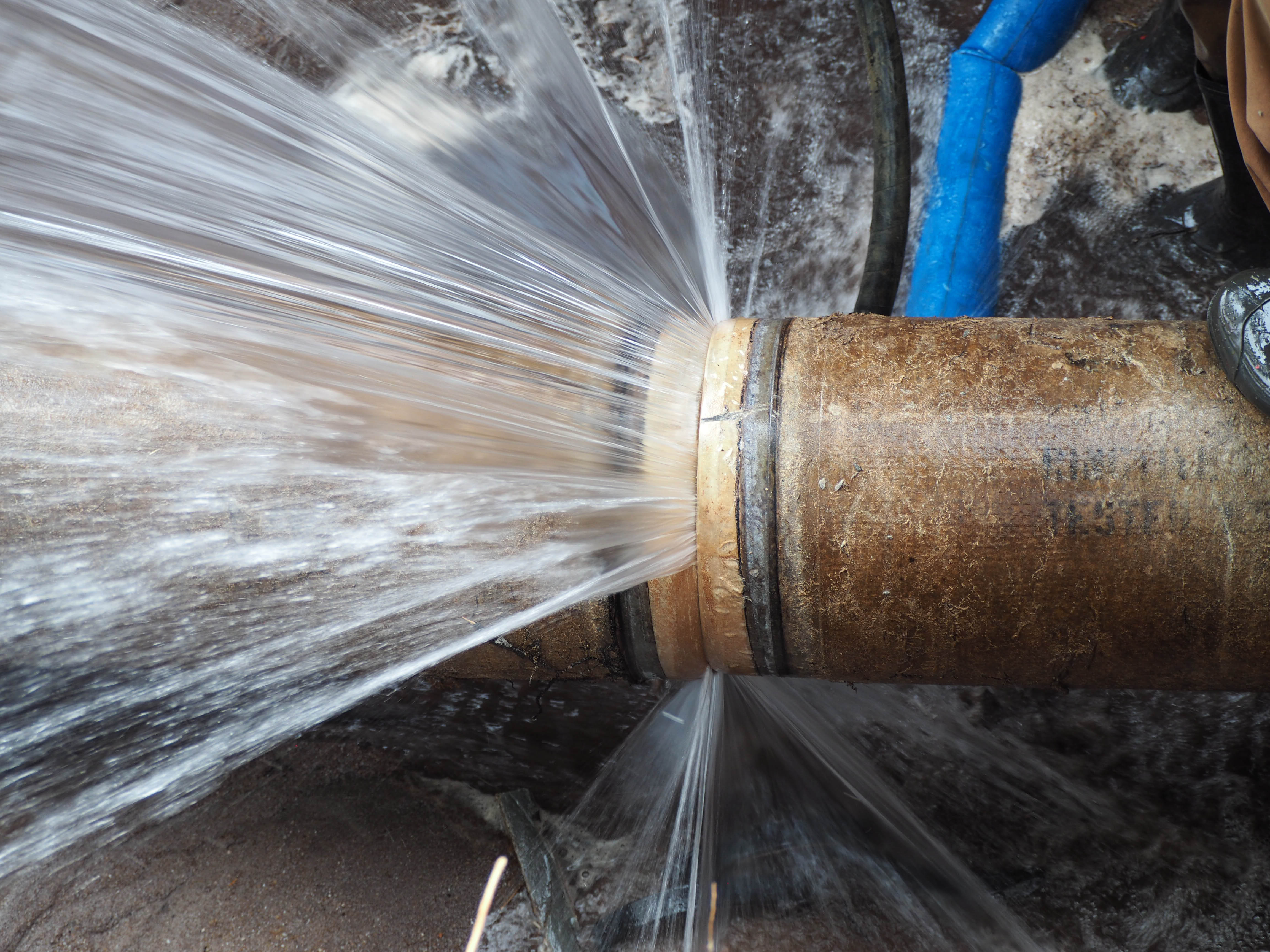Shielding Your Pipes from Cold Weather Damage: Essential Strategies
Shielding Your Pipes from Cold Weather Damage: Essential Strategies
Blog Article
Are you interested in info about How To Avoid Freezing Pipes?

Winter can wreak havoc on your plumbing, specifically by freezing pipes. Right here's just how to prevent it from taking place and what to do if it does.
Intro
As temperatures decrease, the threat of icy pipes boosts, possibly bring about costly repair work and water damage. Recognizing how to avoid frozen pipes is vital for property owners in cool climates.
Recognizing Frozen Pipelines
What causes pipes to ice up?
Pipes freeze when revealed to temperatures listed below 32 ° F (0 ° C) for expanded periods. As water inside the pipes ices up, it increases, taxing the pipeline walls and possibly triggering them to burst.
Risks and problems
Frozen pipes can bring about water disturbances, residential property damages, and costly repairs. Ruptured pipes can flooding homes and cause extensive structural damages.
Signs of Frozen Pipeline
Identifying icy pipes early can avoid them from breaking.
Exactly how to recognize frozen pipes
Seek decreased water flow from taps, uncommon odors or noises from pipelines, and noticeable frost on revealed pipes.
Prevention Tips
Protecting at risk pipelines
Wrap pipes in insulation sleeves or utilize warm tape to secure them from freezing temperature levels. Concentrate on pipelines in unheated or outside areas of the home.
Heating strategies
Maintain indoor areas adequately heated up, especially areas with plumbing. Open up cabinet doors to permit cozy air to distribute around pipelines under sinks.
Securing Outdoor Pipes
Garden pipes and outdoor faucets
Detach and drain yard hose pipes prior to winter. Mount frost-proof spigots or cover outside faucets with protected caps.
What to Do If Your Pipelines Freeze
Immediate actions to take
If you presume icy pipelines, maintain faucets open to alleviate stress as the ice melts. Make use of a hairdryer or towels soaked in hot water to thaw pipes gradually.
Long-Term Solutions
Architectural changes
Think about rerouting pipelines away from outside wall surfaces or unheated areas. Add added insulation to attic rooms, basements, and crawl spaces.
Updating insulation
Invest in premium insulation for pipes, attics, and wall surfaces. Correct insulation helps preserve constant temperature levels and reduces the risk of frozen pipes.
Conclusion
Stopping icy pipelines needs positive measures and fast reactions. By understanding the reasons, signs, and safety nets, property owners can protect their pipes during winter.
5 Ways to Prevent Frozen Pipes
Drain Outdoor Faucets and Disconnect Hoses
First, close the shut-off valve that controls the flow of water in the pipe to your outdoor faucet. Then, head outside to disconnect and drain your hose and open the outdoor faucet to allow the water to completely drain out of the line. Turn off the faucet when done. Finally, head back to the shut-off valve and drain the remaining water inside the pipe into a bucket or container. Additionally, if you have a home irrigation system, you should consider hiring an expert to clear the system of water each year.
Insulate Pipes
One of the best and most cost-effective methods for preventing frozen water pipes is to wrap your pipes with insulation. This is especially important for areas in your home that aren’t exposed to heat, such as an attic. We suggest using foam sleeves, which can typically be found at your local hardware store.
Keep Heat Running at 65
Your pipes are located inside your walls, and the temperature there is much colder than the rest of the house. To prevent your pipes from freezing, The Insurance Information Institute suggests that you keep your home heated to at least 65 degrees, even when traveling. You may want to invest in smart devices that can keep an eye on the temperature in your home while you’re away.
Leave Water Dripping
Moving water — even a small trickle — can prevent ice from forming inside your pipes. When freezing temps are imminent, start a drip of water from all faucets that serve exposed pipes. Leaving a few faucets running will also help relieve pressure inside the pipes and help prevent a rupture if the water inside freezes.
Open Cupboard Doors
Warm your kitchen and bathroom pipes by opening cupboards and vanities. You should also leave your interior doors ajar to help warm air circulate evenly throughout your home.

As a devoted person who reads on How to Prevent Your Pipes From Freezing, I imagined sharing that chunk was a smart idea. Liked our entry? Please share it. Let somebody else find it. I appreciate reading our article about How To Avoid Freezing Pipes.
Free Estimates Report this page